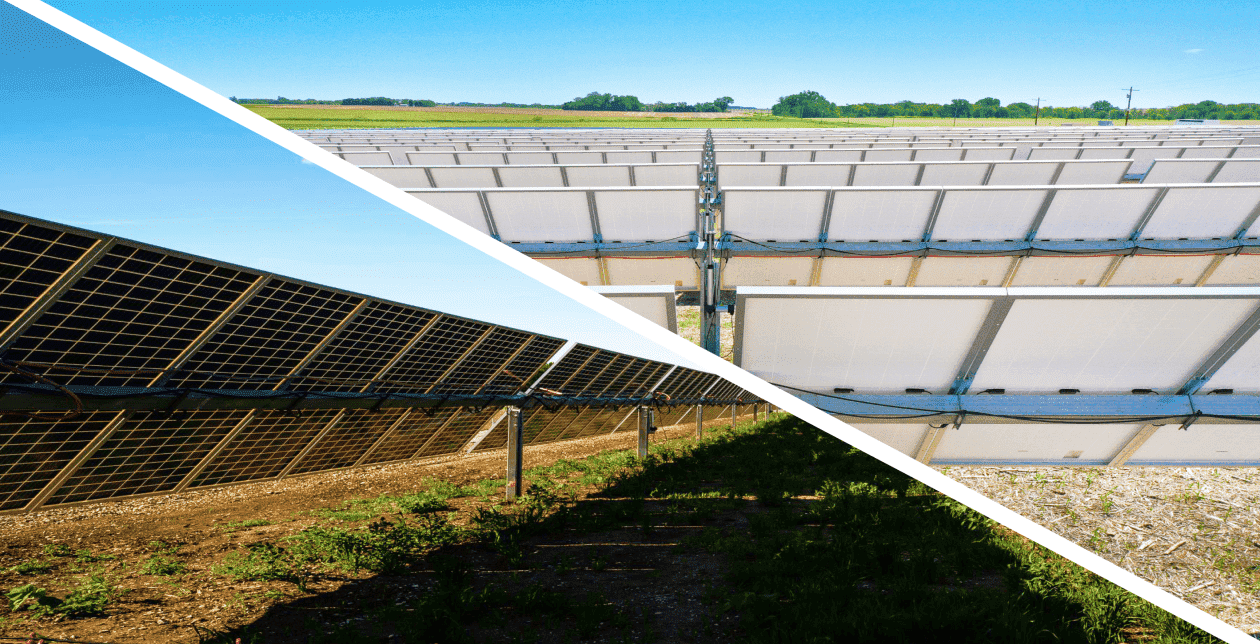
Monofacial or bifacial solar panels - which one is right for you?
We recently added a new type of solar panel to our Robinsun Performance range, from top brand Aiko. This monofacial solar panel complements our bifacial solar panel from QN Solar. So which solar panel should you choose for your plug & play solar kit?
What is the difference between monofacial and bifacial solar panels?
As the name indicates, the difference between monofacial and bifacial panels is the amount of sides the solar cells are exposed to the sunshine. In monofacial panels this is on one side only, for bifacial panels it is on both sides. In monofacial panels, the cells are fixed on a lightweight, non-transparent surface, making the panel relatively light (about 20 kg). For cells to be exposed on both sides in bifacial panels, a double layer of tempered glass is required, making panels a bit heavier (about 24 kg).
In the case of bifacial solar panels, there is a main side, that determines the declared maximum output power, that in the case of our current QN Solar panels is 420 Wp. If you were to use the same panel the other way around, it would produce about 85% of that. The advantage of bifacial solar panels is that they can produce electricity at the same time from both sides. This extra production is of a maximum of 30%, bringing the 420 Wp QN Solar panel to a theoretical maximum output of 546 Wp, significantly more than the Aiko’s 455 Wp.
Which panel type is best for what application?
If you reach this 30% extra production with a bifacial solar panel depends on how much irradiation the rear of the panel receives. To maximize it, the panel needs to be installed at ideally 1 m or more distance from a surface. This surface needs to reflect the sunlight very strongly. A white wall or a pool filled with water will reflect a lot, a lawn very little. Therefore, if you plan to install your kit on a pergola, a balcony with a transparent railing, or close to a pool, the bifacial panel is probably your better option.
If you plan to install the solar panel on a tile roof or on a lawn, you will probably not produce a lot with the rear of the panel, and the better choice is a more powerful monofacial panel for your plug & play solar kit.


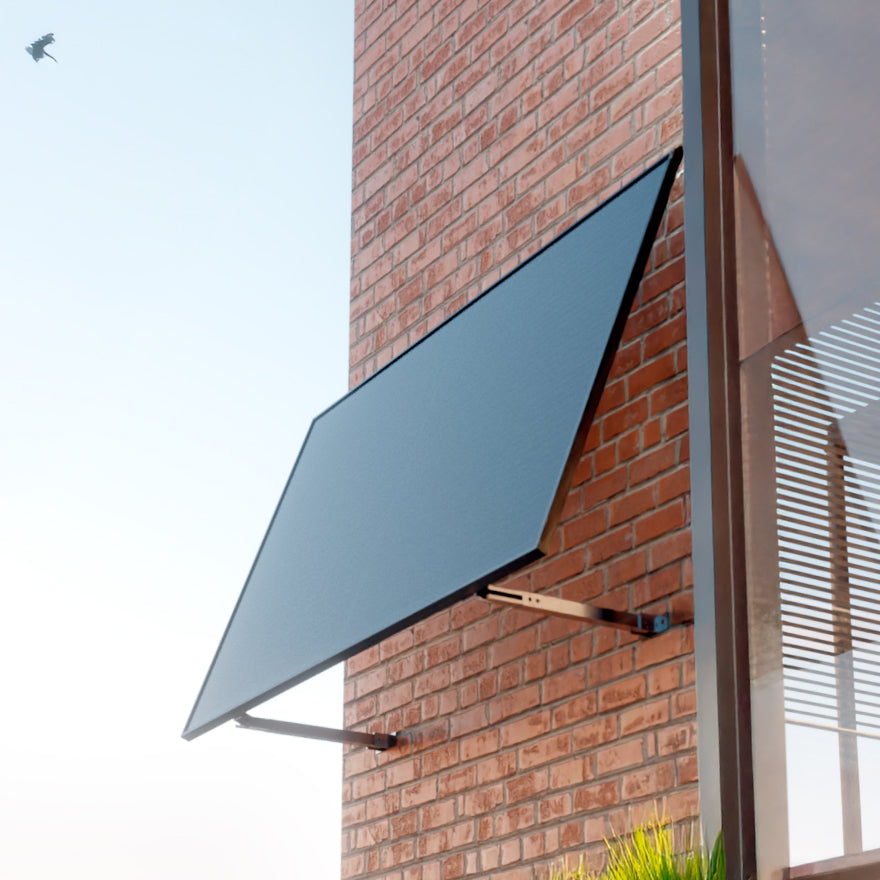
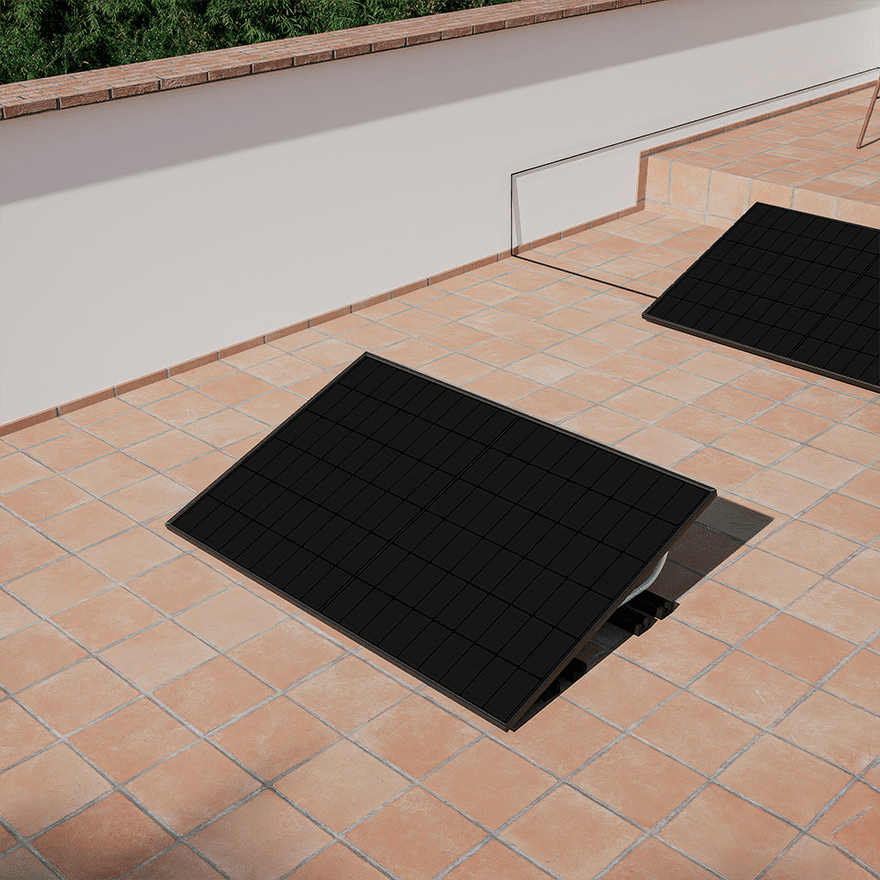
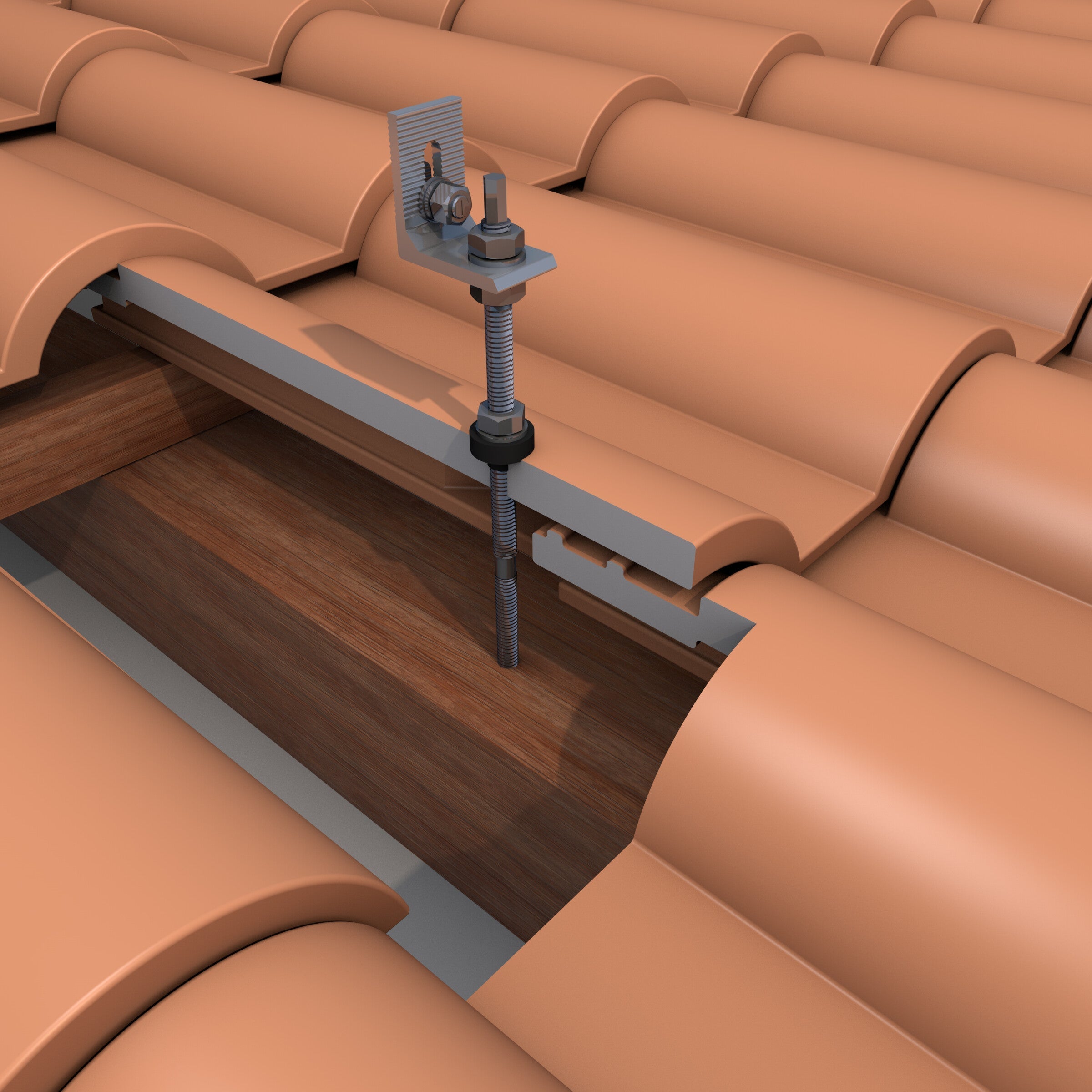
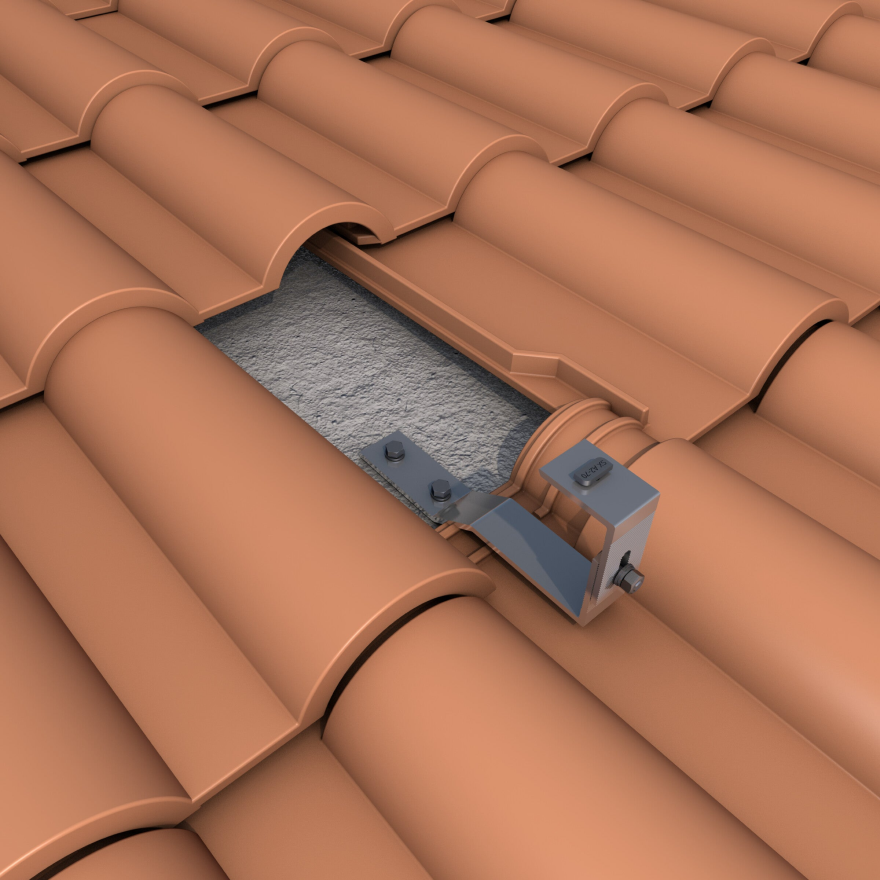


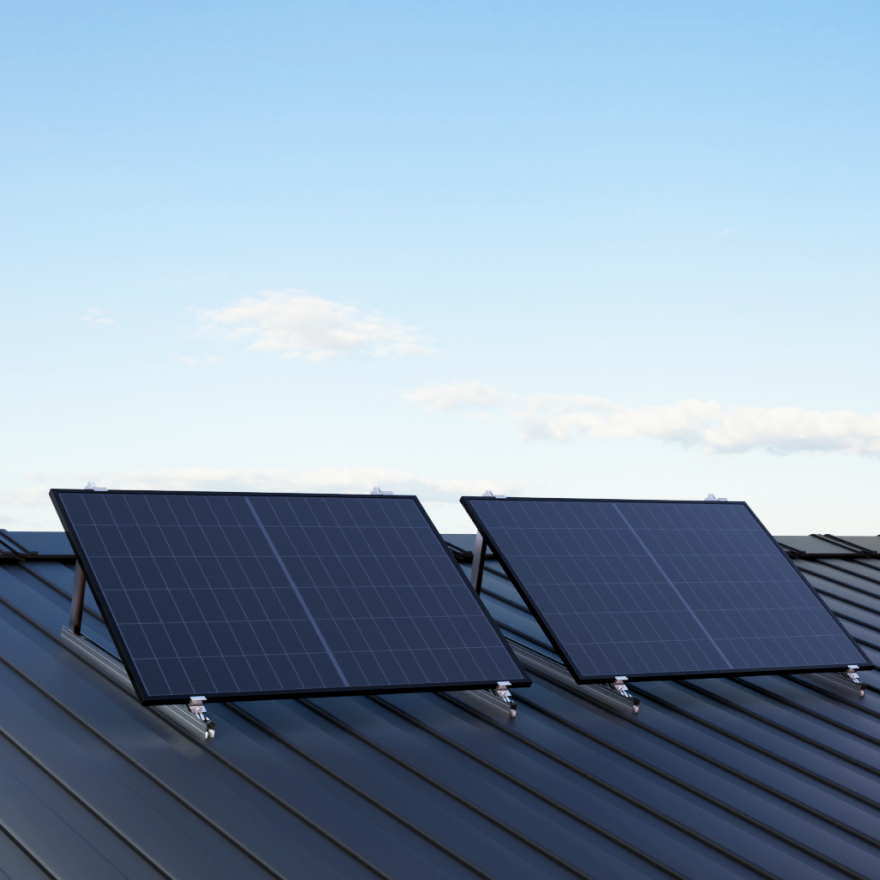
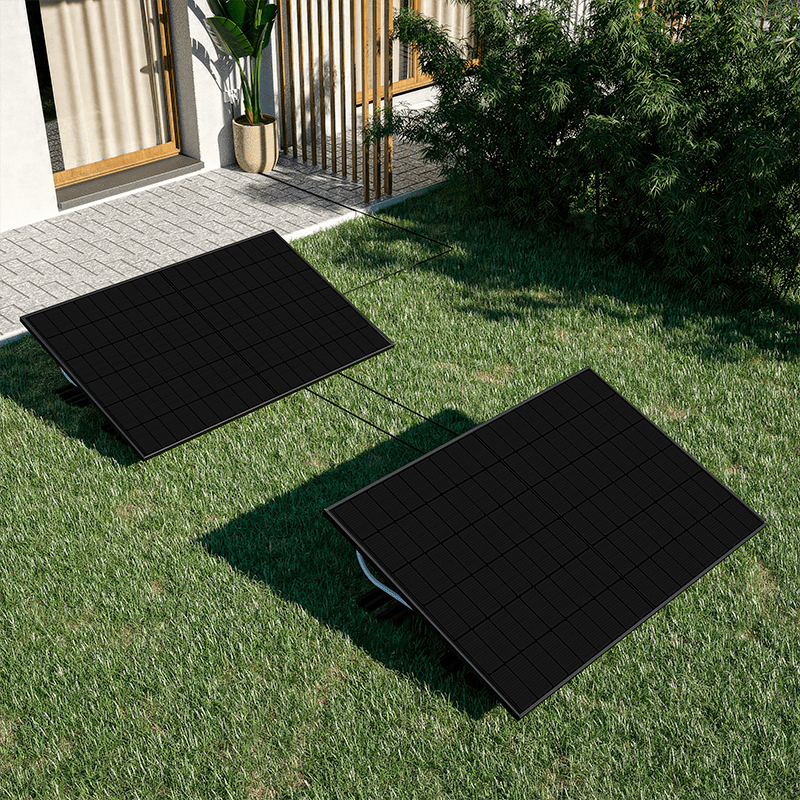
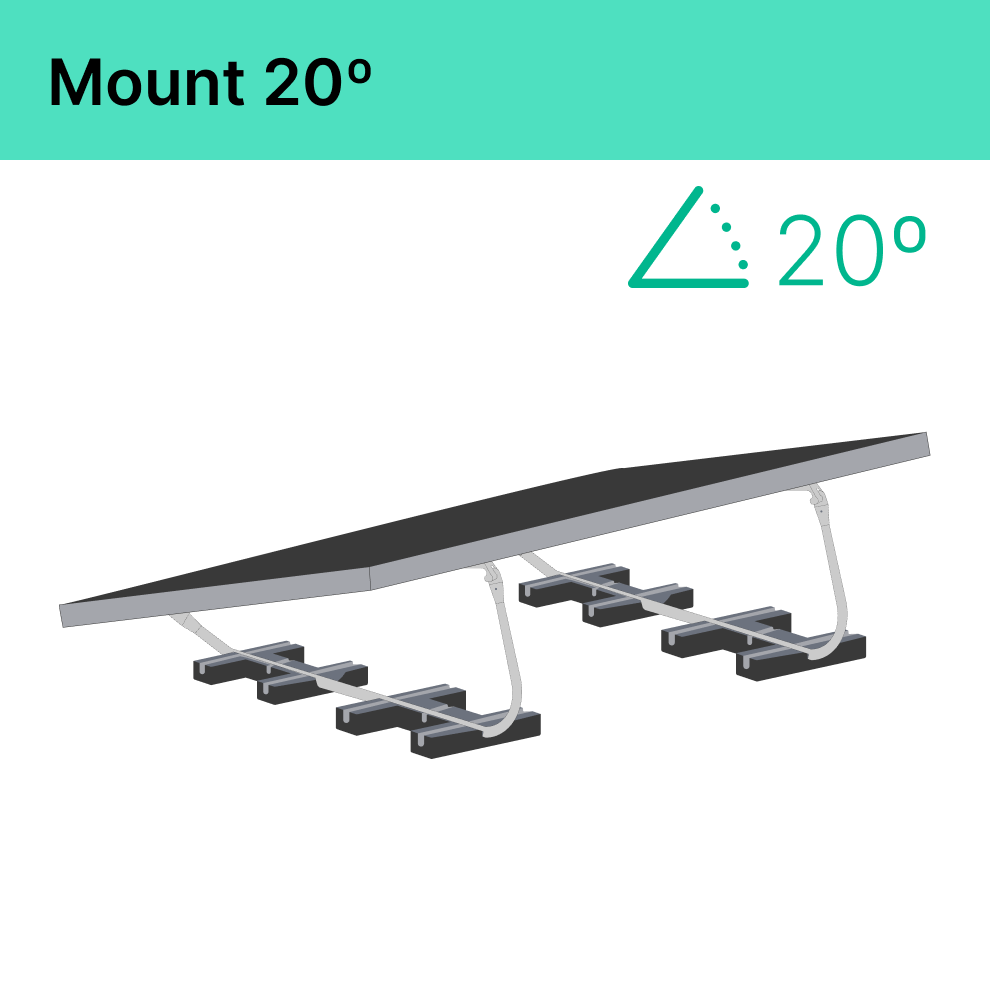
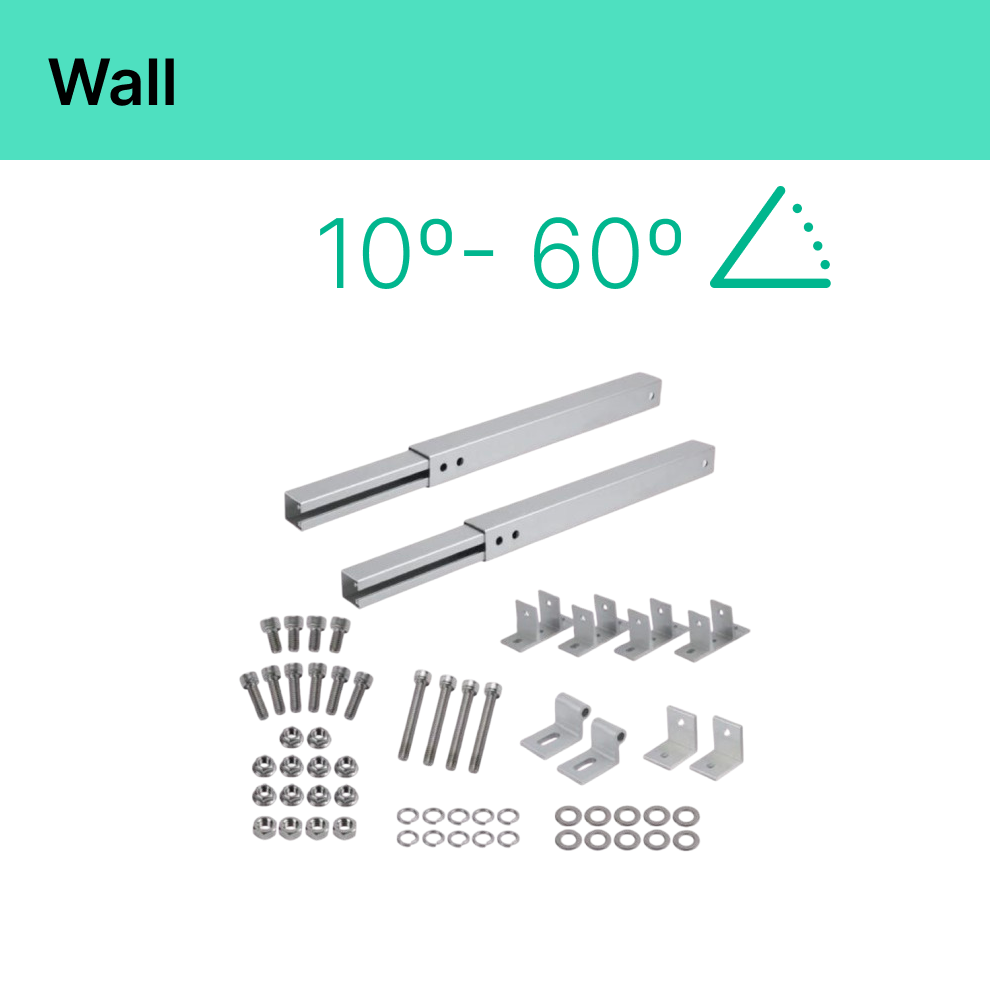
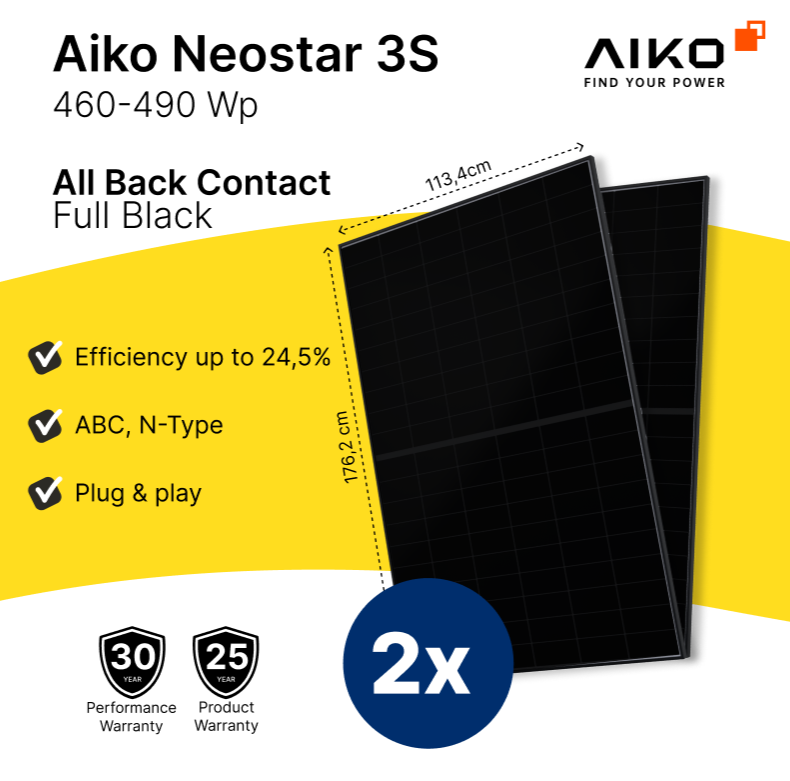
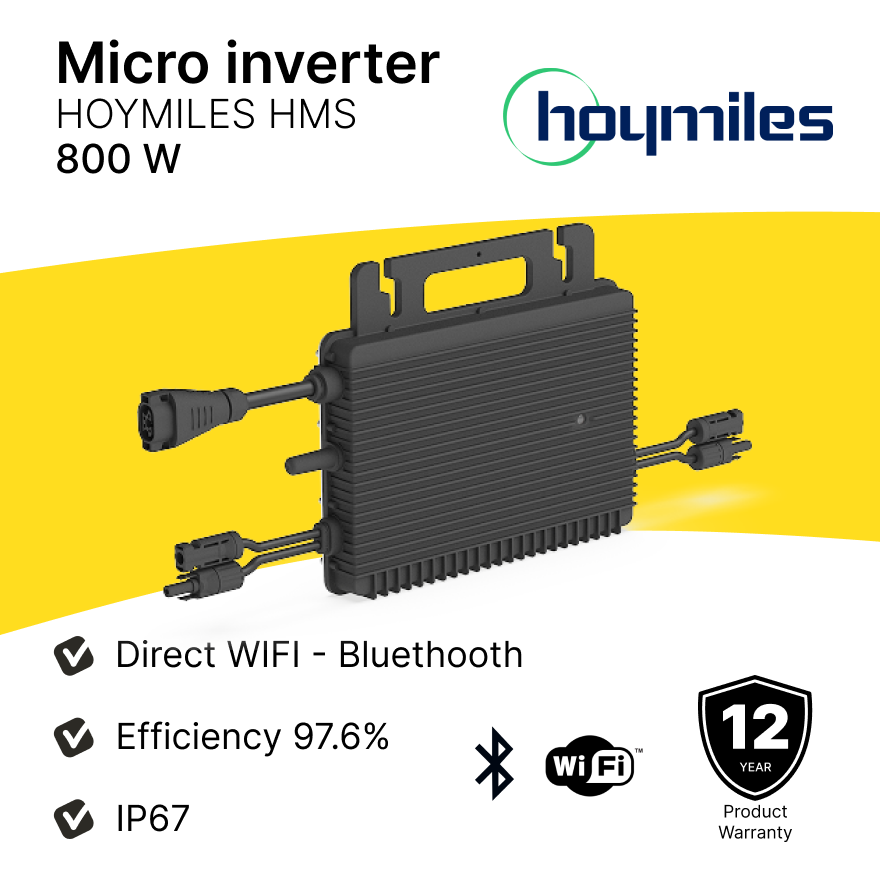
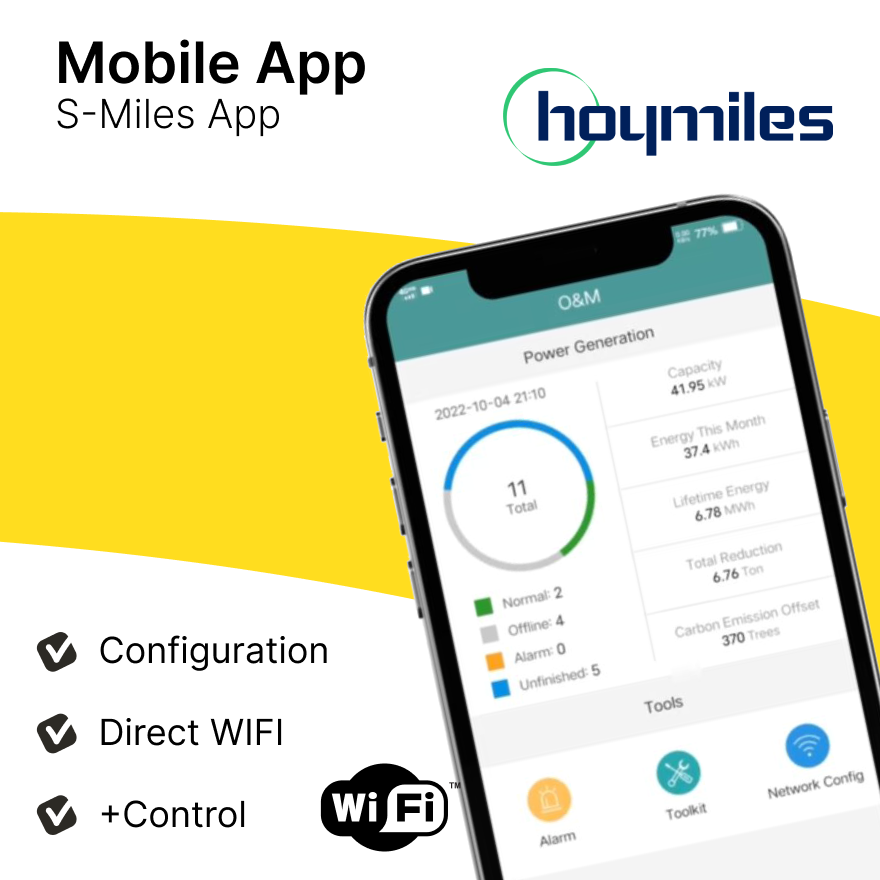


4 commentaires
Excelente artigo. Aparentemente superficial, porém com a informação objetiva e simples.
Andre
PAINEIS BIFACIAIS & HÍBRIDOS
MIGUEL LOURENÇO
Hola Santiago,
gracias por tu comentario! Los paneles bifaciales en una instalación con mucha luz indirecta en la parte trasera del panel, como puede ocurrir en una planta alta, son una excelente opción para bajar tus facturas de luz a muy largo plazo!
Anonymous
yo elig
leria el bifacial, pues es in piso alto en cuarta planta del edificio que son 5 pisos en total y pondria dos paneles autoinstalabres, a pagar o financiar a plazos
les
SANTIAGO PUERTO PASCUAL
Laisser un commentaire
Ce site est protégé par hCaptcha, et la Politique de confidentialité et les Conditions de service de hCaptcha s’appliquent.